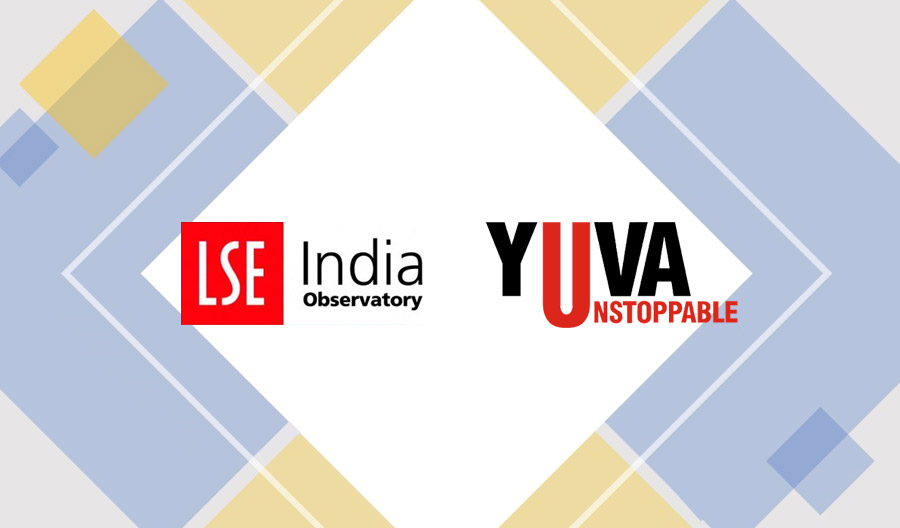Blogs
Sustainable Human Capital Development with YUVA UNSTOPPABLE

This case study examines an intervention by Yuva Unstoppable (YU), an NGO in India. YU has worked in Indian schools since 2006, previously focusing on programmes that enhanced hygiene and sanitation (WASH), as well as mentoring of students, and recently implemented a Technology-based Education (or EdTech) initiative called the Smart Classroom programme, which is aimed at upgrading schools with state-of-the-art learning technology. The Smart Classroom programme presents a unique and successful case of intervention by an NGO in the Indian education sector. We analyse the context in which it is deployed, study its outcomes and offer insights into the factors that have facilitated its success.
The case study methodology allows us to use offer both quantitative and qualitative insights, with an interdisciplinary focus. The use of the digital medium allows us to present information in a more in-depth format, with Yuva’s operational documents, Impact assessment reports and Video interviews with members and teachers being made available to all. We hope this case study will serve as a rich resource for students, practitioners and researchers working on development, education and India.
This case study presents insights on one of the key challenges of development – education. Quality Education is one of the Sustainable Development Goals (SDG). In fact, SDG 4 aims to ensure inclusive and equitable quality education and promote lifelong learning opportunities for all, build and upgrade education facilities that are child, disability and gender sensitive and provide safe, nonviolent, inclusive and effective learning environments for all. This is more important in the Indian context, where the population of youth in the working age is high and still increasing. Nearly 67% of the population in the country in 2018 was between the ages of 15 and 64. Commonly known as the “demographic dividend”, the bulge in the number of youth in the country can be a force for positive change. The population of youth is predicted to be 464 million in 2021, which will eventually decline to 458 million by 2026 (UN Habitat, 2013). However, a majority of the current population is considered as “unskilled”. As per Economic Survey (2015), only about 2% of India’s workforce is skilled. This number contrasts poorly with smaller countries like South Korea and Japan that report figures of 96 and 80 per cent respectively. Hence, equipping India’s youth with education and skills is a high priority item for the country’s development.
For more details, visit http://yuvaunstoppableforeducation.com/




